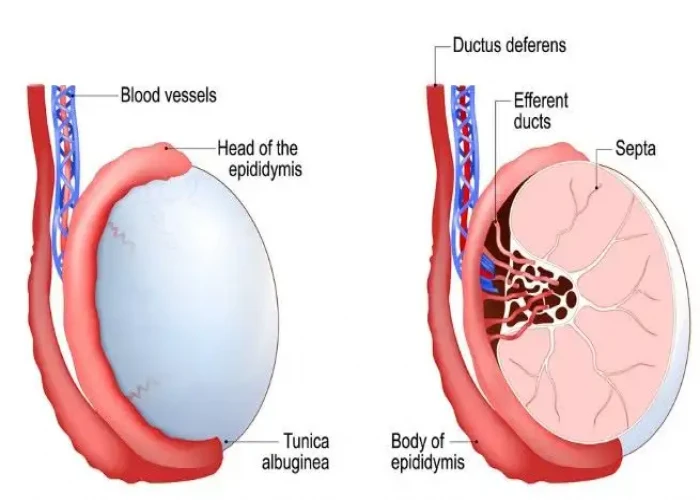 Welcome
Welcome
“May all be happy, may all be healed, may all be at peace and may no one ever suffer."
Scrotal masses
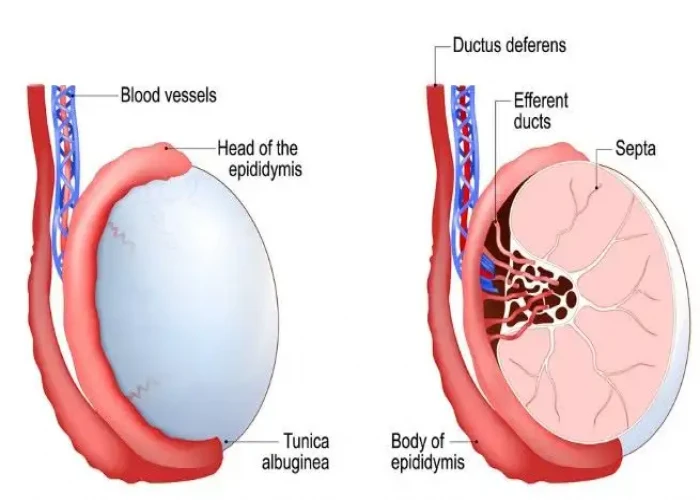
Scrotal masses are abnormal lumps or growths in the scrotum, which is the sac of skin that holds the testicles. There are many possible causes of scrotal masses, ranging from benign (non-cancerous) conditions to more serious conditions such as testicular cancer.
Some common causes of scrotal masses include:
- Varicocele: a swelling of the veins that drain the testicles
- Hydrocele: a collection of fluid around the testicle
- Epididymal cyst: a fluid-filled sac in the epididymis, which is a tube that carries sperm from the testicles
- Testicular torsion: a twisting of the testicle that can cut off its blood supply and cause severe pain
- Testicular cancer: a malignant (cancerous) growth in the testicle
Symptoms of scrotal masses may include a painless or painful lump or swelling in the scrotum, discomfort or heaviness in the scrotum, or changes in the size or shape of the testicles. If you notice any of these symptoms, it is important to seek medical attention.
Diagnosis of scrotal masses typically involves a physical exam, imaging studies such as ultrasound, and possibly a biopsy or blood tests. Treatment depends on the underlying cause of the mass, but may include observation, medication, or surgery.
If you notice any changes or abnormalities in your scrotum, it is important to see a healthcare provider for evaluation and diagnosis. Early detection and treatment of scrotal masses can improve outcomes and reduce the risk of complications.
Research Papers
Disease Signs and Symptoms
- Testicular lumps
- Swollen testicle
- Abdomen pain
- Lower back pain
- Nausea or vomiting
- Fever
- Frequent urination
- Blood in urine (hematuria)
Disease Causes
Scrotal masses
A number of disorders can result in a scrotal mass or an abnormality in the scrotum, including:
- Testicular cancer. Testicular cancer is a tumor containing abnormal testicular tissue, which can usually be felt as a nontender lump in the scrotum.
- Some men experience pain and swelling, but most tumors don't cause symptoms. See your doctor if you notice any new lump in your scrotum.
- Spermatocele. Also known as a spermatic cyst or epididymal cyst, spermatocele is a typically painless, noncancerous (benign), fluid-filled sac in the scrotum, usually above the testicle.
- Epididymitis. This is inflammation of the epididymis, the comma-shaped structure above and behind the testicle that stores and transports sperm.
- Epididymitis is often caused by a bacterial infection, including sexually transmitted bacterial infections, such as chlamydia. Less commonly, epididymitis is caused by a viral infection or an abnormal flow of urine into the epididymis.
- Orchitis. This is inflammation of the testicle usually due to a viral infection — most commonly mumps. When orchitis is caused by a bacterial infection, the epididymis also might be infected.
- Hydrocele. Hydrocele occurs when there is excess fluid between the layers of a sac that surrounds each testicle. A small amount of fluid in this space is normal, but the excess fluid of a hydrocele usually results in a painless swelling of the scrotum.
- In infants, a hydrocele occurs usually because an opening between the abdomen and the scrotum hasn't properly sealed during development.
- In adults, a hydrocele occurs usually because of an imbalance in the production or absorption of fluid, often as a result of injury or infection in the scrotum.
- Hematocele. Hematocele occurs where there is blood between the layers of a sac that surrounds each testicle. Traumatic injury, such as a direct blow to the testicles, is the most likely cause.
- Varicocele. This is the enlargement of the veins within the scrotum that carry oxygen-depleted blood from each testicle and the epididymis. Varicocele is more common on the left side of the scrotum because of differences in how blood circulates from each side.
- A varicocele might cause infertility.
- Inguinal hernia. This is a condition in which a portion of the small intestine pushes through an opening or weak spot in the tissue separating the abdomen and groin.
- In infants, an inguinal hernia usually occurs because the passageway from the abdomen to the scrotum has failed to close during development.
- An inguinal hernia might appear as a mass in the scrotum or higher in the groin.
- Testicular torsion. This is a twisting of the spermatic cord, the bundle of blood vessels, nerves and the tube that carries semen from the testicle to the penis.
- This painful condition cuts off blood to the testicle and can result in the loss of the testicle if not promptly treated. The affected testicle might be sideways, enlarged and higher than normal.
Disease Prevents
Disease Treatments
Most scrotal masses require minimally invasive or no treatment, but some require medicine or more-serious procedures.
Infections
Scrotal masses caused by a bacterial infection, as is usually the case with epididymitis, are treated with antibiotics. Viral infections causing epididymitis or orchitis are usually treated with rest, ice and pain relief medication.
Noncancerous (benign) scrotal masses
Benign scrotal masses might be left untreated or surgically removed, repaired, or drained. These treatment decisions depend on factors such as whether the scrotal mass:
- Causes discomfort or pain
- Contributes to or increases the risk of infertility
- Becomes infected
Testicular cancer
A specialist in cancer treatment (oncologist) will recommend treatments based on whether the cancer is isolated to a testicle or has spread to other tissues in the body. Your age and overall health also are factors in choosing treatment options for testicular cancer.
- Radical inguinal orchiectomy. This is the primary treatment for testicular cancer. It's a surgical procedure to remove the affected testicle and spermatic cord through an incision in the groin. Lymph nodes in your abdomen also might be removed if the cancer has spread to them.
- Chemotherapy. This is a drug treatment that uses powerful chemicals to kill cancer cells.
In some cases radiation therapy also may be used. This type of therapy uses high-dose X-rays or other high-energy radiation to kill cancer cells that may remain after removal of the affected testicle.
Most cases of testicular cancer can be cured, but follow-up care is necessary to watch for possible recurrences.
Disease Diagnoses
Disease Allopathic Generics
Disease Ayurvedic Generics
Disease Homeopathic Generics
Disease yoga
Scrotal masses and Learn More about Diseases

Wilson's disease

Latex allergy
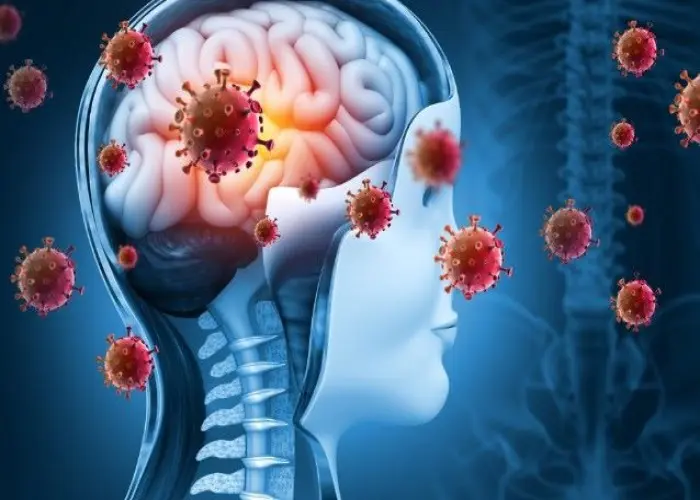
Encephalitis
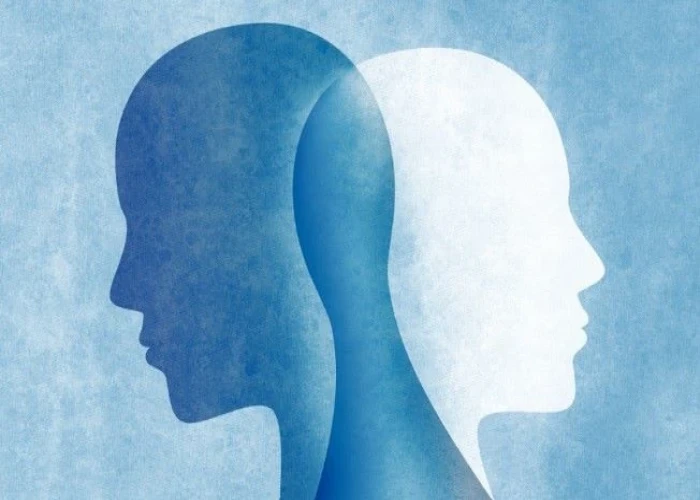
Mood disorders

Chronic daily headaches
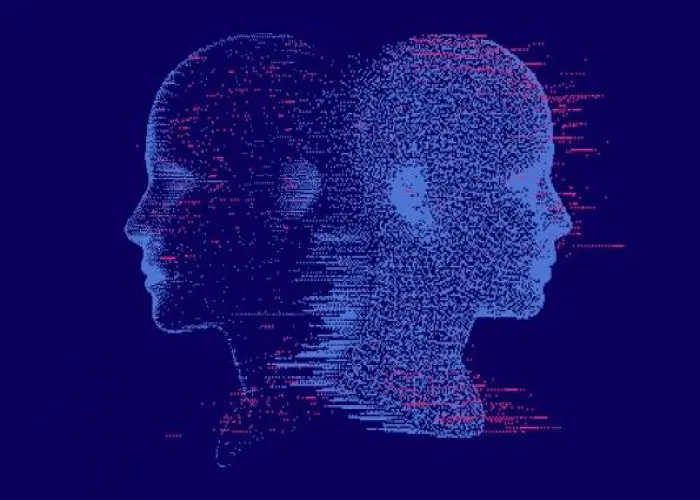
Dissociative disorders

Lip cancer

Syphilis
scrotal masses, স্ক্রোটাল পিণ্ড
To be happy, beautiful, healthy, wealthy, hale and long-lived stay with DM3S.
